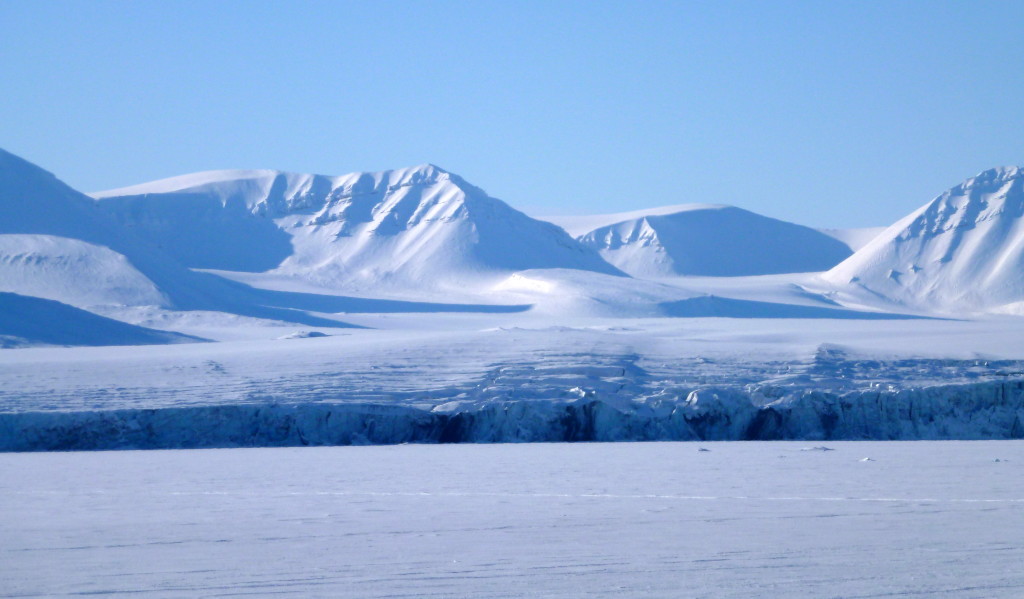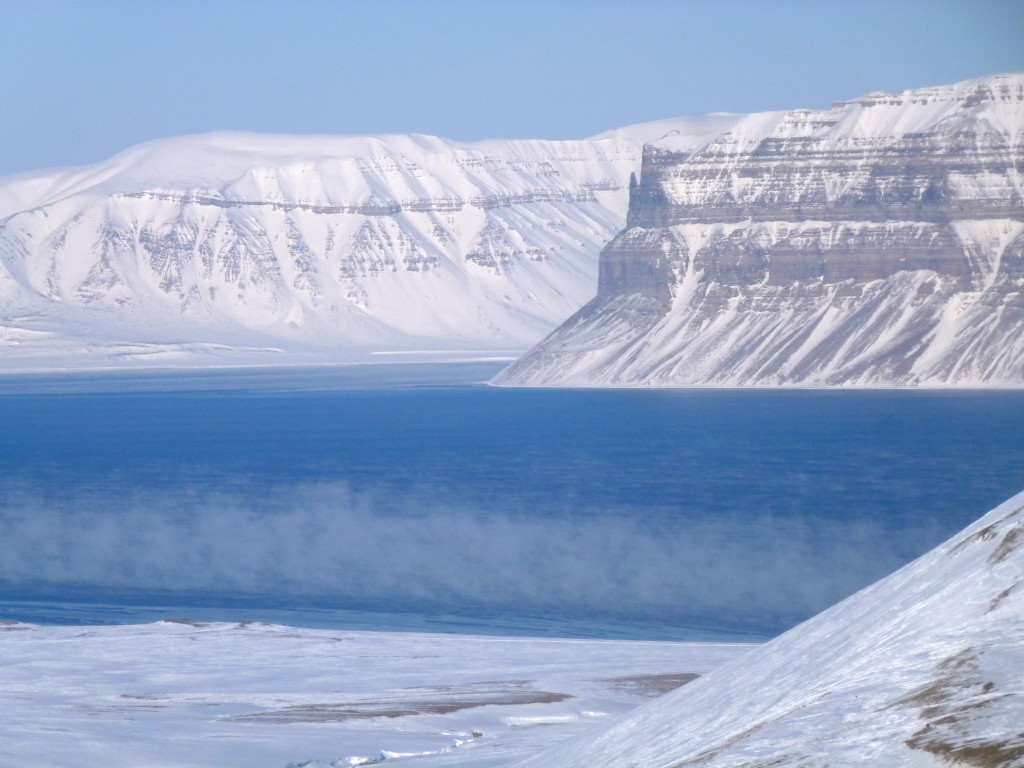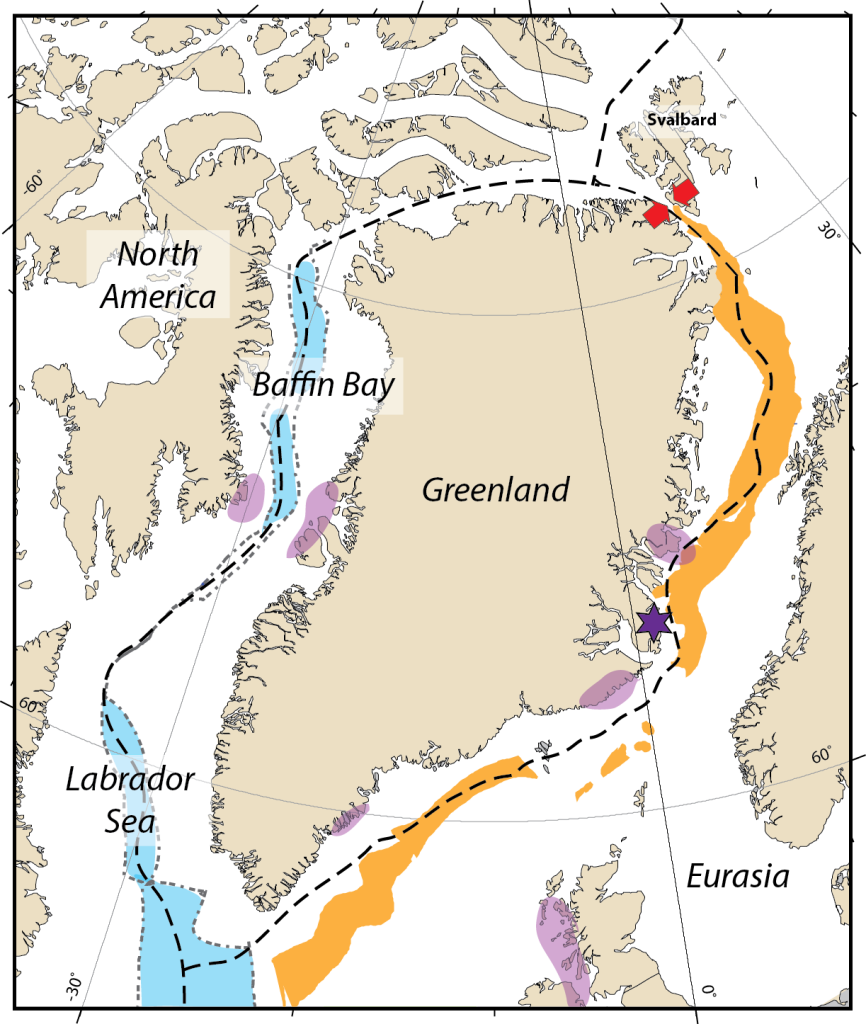This is a guest post by Dr Morgan Jones, a Researcher in Volcanology at the Centre of Earth Evolution and Dynamics (CEED) at the University of Oslo, Norway. It describes his new study along with colleagues at CEED and the Massachusetts Institute of Technology (MIT) that is published in the Nature journal Scientific Reports today. The paper is open access and is freely available online at www.nature.com/articles/s41598-017-06170-7. This blog is intended to supplement the paper and make the findings available to a wider audience. His email is m.t.jones@geo.uio.no
Summary (TL;DR)
Plate tectonic reconstructions show how the Earth’s plates have moved through time. While we know from the geological record that these movements took place, it is sometimes difficult to work out when key events occurred and their correct order. One such example is prior to the formation of the northeast Atlantic Ocean around 62-55 million years ago, when there were several changes in the relative motions of North America, Greenland, and Eurasia in just a few million years.
One possible solution is radioisotopic dating, which allows exact ages to be determined from volcanic rocks. This study shows that compression between the Greenland plate and Svalbard began 61.8 million years ago, leading to a mountain belt with an adjacent sedimentary basin. This precise age of formation can now be compared to other locations, and it turns out that this compression occurred at the same time as key events in the Labrador Sea and in the North Sea. For the first time, these concurrent changes around the Greenland plate provide conclusive evidence that these events are connected.
What is Geochronology?
A continuing struggle for Earth scientists is trying to work out when and in what order geological events occurred. This is important for understanding what may be driving changes to the Earth system, including plate tectonic motions and climate change. A range of techniques are used to decipher the correct chronological order of events. One important tool is Radioisotopic Dating as it can provide precise ages for the formation of certain rocks that can then be compared between different geographical areas. Radioactive isotopes of elements are inherently unstable, meaning that over time they will degrade from one form to another. The half-life (the rate at which radioactive decay occurs) of each system varies from milliseconds to billions of years, which means that different isotope systems can be used for dating, depending on how far back in time your interest lies. For example, 14C has a half-life of 5,730 years, which means carbon dating is a perfect tool for dating organic remains in archaeology. When considering millions to billions of years in the past, uranium-lead (U-Pb) dating is ideal as 238U has a half-life of about 4.5 billion years.
Uranium-lead dating is particularly powerful due to a wonderful mineral called zircon. Zircons are formed as crystals in cooling magma chambers, and its crystal structure is very accommodating to uranium but is extremely incompatible with lead. This means that upon formation there is quite a lot of uranium but no lead within zircon crystals. Over millions of years, the radioactive decay of uranium into lead means that all of the lead in a zircon today is entirely radiogenic, the product of radioactive decay. Therefore, the ratios of uranium and lead can give a precise age of the zircon crystal formation 10’s to 1000’s of million years ago. This means that if volcanic deposits such as lavas or volcanic ash layers are preserved in the rock record, they can be used to accurately date the sequence.
Plate Tectonics in the Palaeocene
The Palaeocene epoch was between 66-55.8 million years ago (Ma), occurring after the Cretaceous period. The change from Cretaceous to Palaeocene at 66 Ma is marked by the well-known catastrophe that led to the extinction of the dinosaurs. The Palaeocene was an important time period for plate tectonic motions in the northern hemisphere. At the time the dinosaurs became extinct the North Atlantic Ocean was still in its infancy and seafloor spreading did not extend further north than the Newfoundland/Iberia (see figures below). Over the course of the next few million years, North America and Eurasia began to break apart, which eventually resulted in a seaway that connected the Atlantic and Arctic Oceans. However, the break up was a complicated process. Two distinct rifting zones appeared as seafloor spreading migrated to the north. The first rift zone was between North America and Greenland, in what is now the Labrador Sea and Baffin Bay. The second rift zone was between Greenland and Eurasia, which ended up being the successful rift that formed the northeast Atlantic Ocean. The Labrador arm rifted first, but at some point in this time interval both rift zones were active. This meant that for a short period (geologically speaking) Greenland was a separate plate moving independently of both North America and Eurasia.
The aim of our study is to pinpoint exactly when compression began between Greenland and Svalbard, as this compression is directly related to the rifting further south. If rifting was active between North America and Greenland at the same time as rifting between Greenland and western Europe, then the Greenland plate must move north (relatively speaking). This means that understanding the geological history of Svalbard can shed light on when plate motions changed further south.

A reconstruction of the formation of the North Atlantic from 60 million years ago until the present day made by Grace Shephard. It has a fixed Eurasia reference frame, i.e. all plate motions are shown with respect to Eurasia. This model was created in the open source plate tectonics software GPlates using the data from Seton and co-authors from their 2012 paper (http://www.sciencedirect.com/science/article/pii/S0012825212000311)
The Central Basin of Svalbard
The mountains that now form the bulk of south-central Svalbard are sedimentary rocks that were once deposited in deltas and shallow seas. The rock outcrops show that the depositional environment was a long but thin basin that subsided very quickly. Such valleys are called foreland basins and they are found adjacent to mountain ranges. The weight of the mountains causes the crust to bend or flex, creating a valley next to the mountains. Modern examples include the Po Valley next to the Alps in Italy and the Ganges Basin next to the Himalayas in India. The mountains that were next to the Central Basin of Svalbard are called the West Spitsbergen fold-and-thrust belt. These intensely deformed rocks show that there was compression between Greenland and Svalbard, which was followed some time later by transpression (a combination of compression and lateral movement) as the northeast Atlantic Ocean began to open. Evidence of compression and transpression can also be found along the northern margins of Greenland and Ellesmere Island in northeast Canada. This whole suite is known as the Eurekan Deformation. Importantly, foreland basins form at the same time as the evolving mountain chain, which means any volcanic deposits preserved in the strata may be used to accurately date when the basin (and therefore also when the mountain range) started to form.


This is what the Central Basin of Svalbard looks like today. Since the formation of the sedimentary sequence, the area has been uplifted and then eroded. Rocks that were formed in shallow seas now form high points cut by deep fjords and glaciers.
Dating First Compression between Svalbard and Greenland
Fortunately, the lower parts of the Central Basin strata have numerous volcanic ash layers preserved within the sandstones and shales. These ash layers are likely to have originated from volcanoes in northern Greenland and Ellesmere Island, now over 1000 km away across the ocean. We successfully dated four samples, three from the same ash layer very close to the base of the sedimentary sequence. The age of this lowermost ash layer is 61.596 million years old (Ma), with an uncertainty of ± 28,000 years. Having multiple dated horizons allows us to estimate the sedimentation rate in the basin, which then can be used to calculate when sedimentation first began. This age of formation, and therefore the initiation of compression between Greenland and Svalbard, is predicted to be at 61.8 Ma. These ages are significant because they overlap with key changes further south. At around 61.6 Ma there is a dramatic change in the sedimentation in the North Sea. After around 40 million years of continuous carbonate deposition (including the famous chalk that makes up the white cliffs in Dover), there is a shift to more sandy and silty deposits due to the uplift of the Scotland-Shetland area. While more difficult to accurately date, there is also a well-documented change in seafloor spreading in the Labrador Sea and widespread shear deformation along the eastern Greenland margin around this time. The synchronicity of these events strongly indicates a common driving force affecting all margins of Greenland.

This is an edited version of Figure 5 from the paper, created using the open source plate tectonics software GPlates. It shows a regional reconstruction of how the tectonic plates were ~62 million years ago. The blacked dashed lines show where the plate boundaries between North America, Greenland, and Eurasia are predicted to have been. The light blue areas show the approximate extent of ocean seafloor in the Labrador Sea and in Baffin Bay. The orange areas show where rifted basins were found in the zone where the northeast Atlantic would later open. The purple areas show the known extent of magma intrusions and volcanic deposits from the first pulse of the North Atlantic Igneous Province (NAIP). The purple star is where the centre of the mantle plume is predicted to be at this time. Finally, the red arrows show the onset of compression between Greenland and Svalbard, beginning at 61.8 million years ago.
Potential Causes
A remaining mystery is what caused Greenland to change direction. There are several possible candidates that could have caused the shift, either individually or together. The propagation and acceleration of seafloor spreading in the Labrador Sea has the potential to drive changes in relative plate motions. It is also plausible that events further afield may be important. Greenland was in between the North American and Eurasian plates, so the change in motion may be a result of forces acting on one of these much larger plates. A third possible option is the arrival of a mantle plume at the base of the crust. Mantle plumes bring considerable heat from deep in the Earth, resulting in widespread crustal melting and volcanic activity. The products of such events are called Large Igneous Provinces, with the North Atlantic Igneous Province (NAIP) being one such example. The NAIP arrived in two main pulses, one at around 62 Ma and a second at around 56 Ma. Enhanced melting continues today, albeit at a much reduced rate, and is responsible for the continuing volcanism that forms Iceland. The scale of volcanic and magmatic products from the NAIP is truly enormous. Current estimates put the total amount of igneous material at 6 to 10 million cubic kilometres. Much of this activity is still exposed along the edges of the northeast Atlantic, including the British Isles, Faroe Islands, and East Greenland. There are also considerable deposits found in West Greenland. It is therefore possible that the change in plate motions may be connected to the first pulse of magmatic activity. However, further work is needed to test this hypothesis.
Our study provides a key link between the beginning of deformation in Svalbard and tectonic changes further south around the margins of Greenland. This gives scientists who work in plate tectonic reconstructions the ability to refine their models to understand how North America and Eurasia began to break apart.

